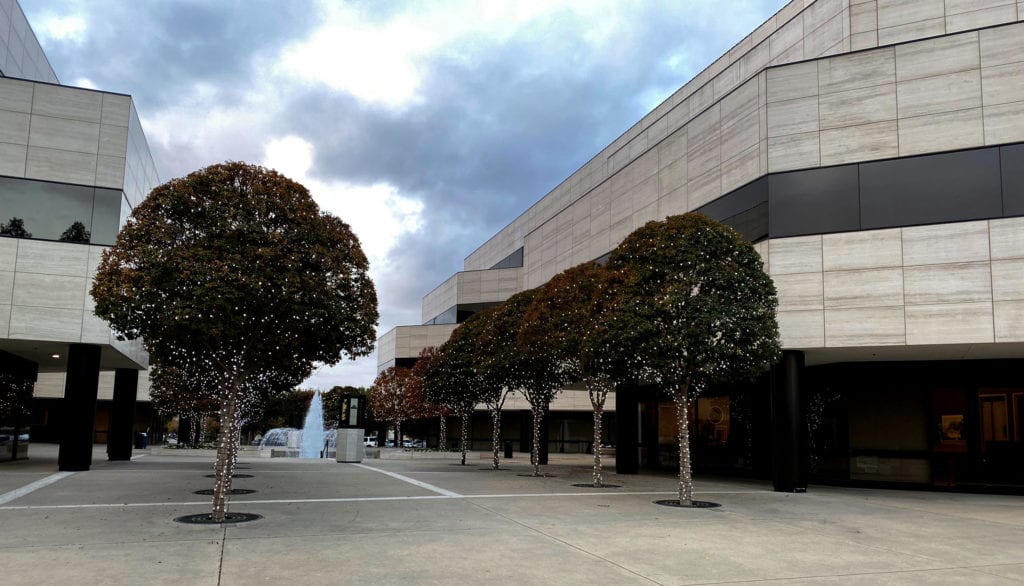Under California workers’ compensation laws, there are two broad categories of work injuries — specific injuries and cumulative trauma. A specific injury occurs in a single event, in which an employee is hurt at a specific place and time. In contrast, cumulative trauma injuries develop gradually over time. They occur as the collective consequence of many repetitive movements or motions.
State regulators report that cumulative trauma claims are on the rise in California. All parties should understand how these claims are handled. Here, our Fresno workers’ compensation defense attorneys explain the most important things that employers, insurers, and claims administrators should know about cumulative trauma claims.
What is Cumulative Trauma?
Under California law (Cal. Lab. Code § 3208.1(b)), cumulative trauma is an injury that develops due to repetitive mentally and/or physically demanding activities. As a California appeals court explained in the case of Western Growers Ins. Co. v. Workers’ Comp, a cumulative trauma is a “repetitive event”—it is an injury caused by many movements that would not cause an injury alone, but that together result in harm. Some of the most common examples of cumulative trauma injuries include:
- Carpal tunnel syndrome;
- Tendonitis;
- Elbow and shoulder injuries;
- Muscle strains;
- Back injuries;
- Nerve disorders;
- Hearing loss; and
- Vision damage.
Defending a Cumulative Trauma Claim: Three Elements
Cumulative trauma workers’ compensation claims are complex. As there is no specific accident, there are serious questions about when these injuries developed and if they are even linked to employment at all. Here are three key elements of a cumulative trauma workers’ compensation claim in California:
- Statute of Limitations: Employers and insurers should not be required to defend an out-of-date workers’ compensation claim. Employees have a responsibility to file a claim in a timely manner. Failure to do so is justification for denying a claim. The statute of limitations can be challenging to apply in a cumulative trauma case. Employees must file a claim within one year of the date they knew or should have known that their injury was related to the workplace.
- Connection to Employment: A cumulative trauma injury/medical condition is only covered by workers’ compensation if the issue is connected to employment. A claimant has the duty to prove a connection to the workplace with a preponderance of evidence. Cumulative injuries that are not related to employment are not covered by workers’ compensation insurance.
- Severity and Validity of Injuries: Finally, the medical documentation always matters. In assessing and defending a claim, parties should review records to determine the severity and validity of the injuries.
Contact Our Fresno, CA Workers’ Compensation Defense Lawyers Right Away
At Yrulegui & Roberts, our California workers’ compensation defense attorneys are experienced, effective advocates for employers and insurers. If you have questions or concerns about defending a cumulative trauma workers’ compensation claim, we are more than qualified to help. Contact our Fresno office today for a confidential, no obligation legal consultation. We also have offices in Bakersfield and Sacramento and our law firm represents clients throughout Central California.


